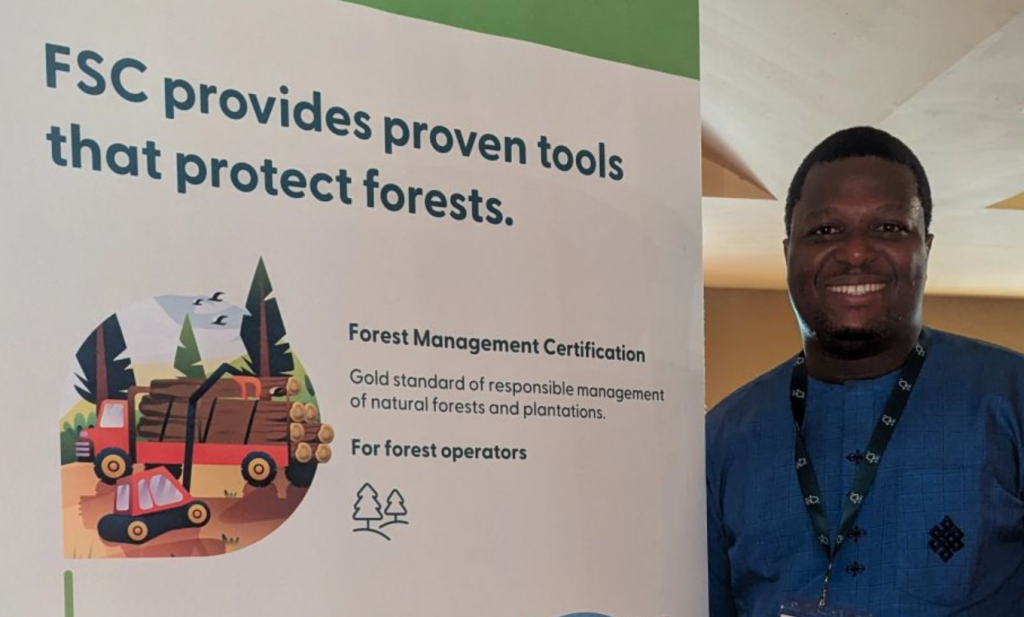In every local community, there are resources that are given freely by nature. One of these important resources is the forest which contributes largely to our ecosystem, especially the existence of fauna and flora components.
These resources are very valuable to the community, providing fuel, livelihood, and also promoting biodiversity amongst others. However, many communities do not adequately replenish these resources, which over the years have been degraded as a result of over exploitation. This negatively impacts the environmental, social and economic growth of these communities where these forests are situated.
To proffer adequate solutions to this, it is important to conduct a stakeholders mapping to identify key stakeholders in the forest value chain; to understand the peculiar roles of the various actors and their activities that contribute positively and negatively to the forest value chain. In addition, adequate sensitization training on sustainable sourcing of forest resources and management should be provided to improve their technical knowledge in enhancing high productivity. Furthermore, there is a need to deliberately restore degraded forest through reforestation and rehabilitation by actors in the forest value chain. This should not be only left in the hands of local communities but all stakeholders should fit in to carry out their responsibilities. This is critical to the sustainability of forest resources or products, the people, and their livelihood. It is important that there is a synergy amongst the existing players in the forest industry to ensure that efforts are concentrated towards achieving this main goal; sustainable sourcing of forest products or resources.
In conclusion, sustainable forest management should be an important skill that should be possessed by the local community members in order to promote more biodiversity and support sustainable livelihood of the local communities and also indigenous people. This should be a joint effort where no one is left behind. Our forest needs to function as a living being contributing to the existence of more lives and this starts from our unified efforts to make this a reality. Let the forest breathe! Don't suffocate them! Let the forest live forever.
To proffer adequate solutions to this, it is important to conduct a stakeholders mapping to identify key stakeholders in the forest value chain; to understand the peculiar roles of the various actors and their activities that contribute positively and negatively to the forest value chain. In addition, adequate sensitization training on sustainable sourcing of forest resources and management should be provided to improve their technical knowledge in enhancing high productivity. Furthermore, there is a need to deliberately restore degraded forest through reforestation and rehabilitation by actors in the forest value chain. This should not be only left in the hands of local communities but all stakeholders should fit in to carry out their responsibilities. This is critical to the sustainability of forest resources or products, the people, and their livelihood. It is important that there is a synergy amongst the existing players in the forest industry to ensure that efforts are concentrated towards achieving this main goal; sustainable sourcing of forest products or resources.
In conclusion, sustainable forest management should be an important skill that should be possessed by the local community members in order to promote more biodiversity and support sustainable livelihood of the local communities and also indigenous people. This should be a joint effort where no one is left behind. Our forest needs to function as a living being contributing to the existence of more lives and this starts from our unified efforts to make this a reality. Let the forest breathe! Don't suffocate them! Let the forest live forever.
Related



